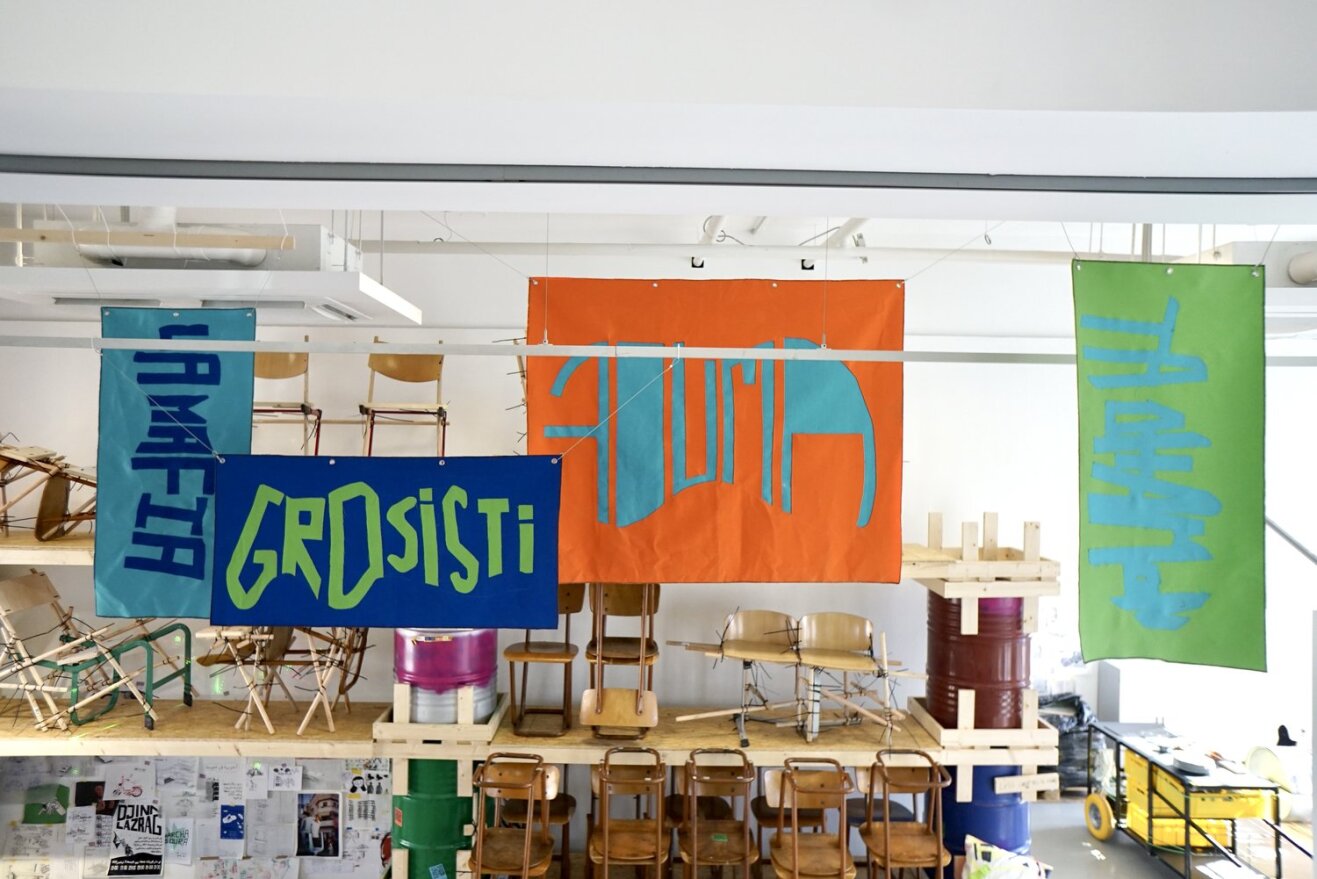Six standout pavilions to see at the London Design Biennale 2025
More than 30 participants responded to the theme 'Surface Reflections.' Here are our highlights

The London Design Biennale has returned to Somerset House in the UK capital, with a host of exhibits on show to the public until 29 June. With multidisciplinary designer Dr. Samuel Ross MBE as the artistic director, this year’s event adopts the theme ‘Surface Reflections’, prompting participants and visitors to look both inward and outward in the endeavour to imagine a better future through design.
Now in its fifth edition, the biennale continues to present itself as a vehicle through which to explore how design can engage with and respond to some of the world’s greatest challenges. This is achieved through a number of ‘pavilions’ – a sequence of discrete exhibits within the large Somerset House venue.
These pavilions (35 this year) are presented not only by nations – including countries from Japan to Argentina – but also by organisations, cities, regions, individuals and transnational collectives, reshaping the traditional idea of how creativity is organised and classified at an international biennale.
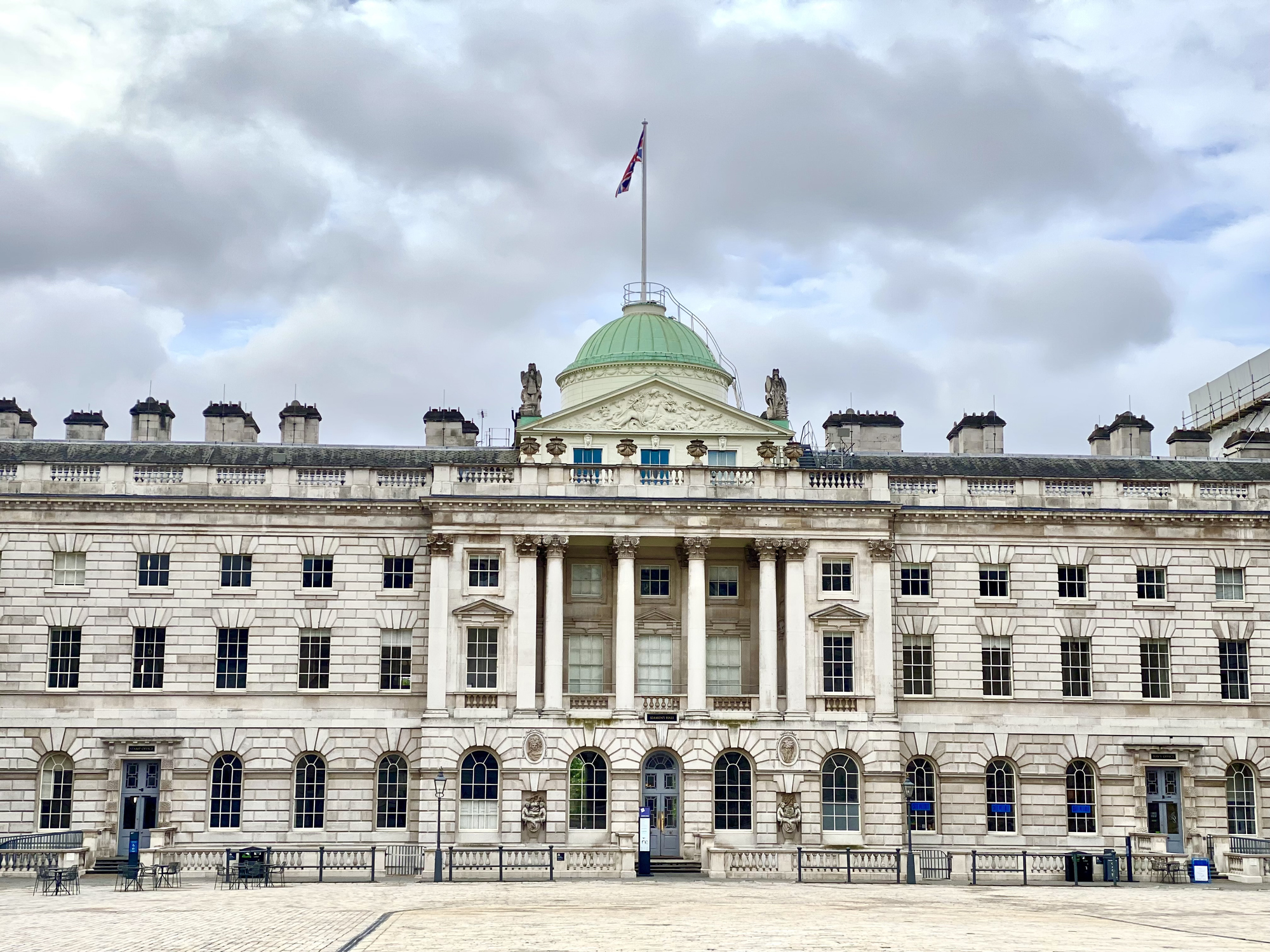
Accompanying the exhibition is the Global Design Forum (10–12 June), a three-day series of events and talks from figures including architect Kengo Kuma, economist Mariana Mazzucato and curator and cultural historian Gus Casely-Hayford, exploring the ‘invisible forces’ shaping design.
Ross, the founder of fashion label A-COLD-WALL* and design firm SR_A SR_A, is driven by an optimism for how design can play an active role in delivering social and environmental good. He is dedicated to platforming underrepresented or overlooked voices – both at the biennale, as is demonstrated by multiple examples of pavilions centring the work of Indigenous communities, and through the Black British Artists Grants programme he established in 2020.
Regular visitors to the London Design Biennale might be surprised to see no courtyard installation this year in Somerset House’s grand entrance space, and the event is smaller than past iterations - 35 pavilions compared with 47 in the 2023 biennale. This is perhaps a reflection of the challenges inherent in producing and transporting design work in an increasingly tumultuous world.
Ross explains that the event is a ‘contemplation of the times we’re in’, and that sense of thoughtful consideration underpins all the exhibits, though sometimes at the expense of tangible takeaways.
Receive our daily digest of inspiration, escapism and design stories from around the world direct to your inbox.
While there may not necessarily be clear calls to action, the biennale focuses on and displays a pluralism that has its own significant value. As London Design Biennale director Victoria Broackes said at the opening: ‘The act of coming together every two years to share ideas and cultures feels important.’
At this year’s event, there are many stories to explore, many voices to be heard, and it is up to the visitor to reflect – and choose what resonates. Here are some highlights that resonated with us.
Chile

Chile is one of the world's largest exporters of lithium and copper – minerals that have vital in the expansion of our digital world. As such, the country’s natural landscapes have been fundamentally reshaped through the forces of extraction, which have in turn affected the lives and traditional practices of communities. The Chile pavilion delves into this reality, showcasing a film alongside a material display. Discarded rock, salt and tailings – waste generated by the mineral mining industries – shed light on the environmental impacts of digital economy-driven human practices, while a selection of composite rock produced by T2CM (an initiative from the Pontifical Catholic University of Chile) shows how some of this waste can be integrated into new building materials.
Oman

A jury of design professionals selected three medal winning-pavilions at this year’s biennale, and Oman won the ‘Design’ medal, artfully blending an immersive design installation with a thought-provoking topic. Visitors enter a corridor bathed in moody blue and yellow lighting, where structures resembling shelving units hold transparent moulds of ceramic vessels. A meditation on storage, culture and what we choose to value in changing societies, the installation uses the aesthetics of data centres – corridors of illuminated grids – to represent the ancient Omani objects designed to hold water and food. We may now store data the way we once stored sustenance – but what is lost in the process?
Nigeria
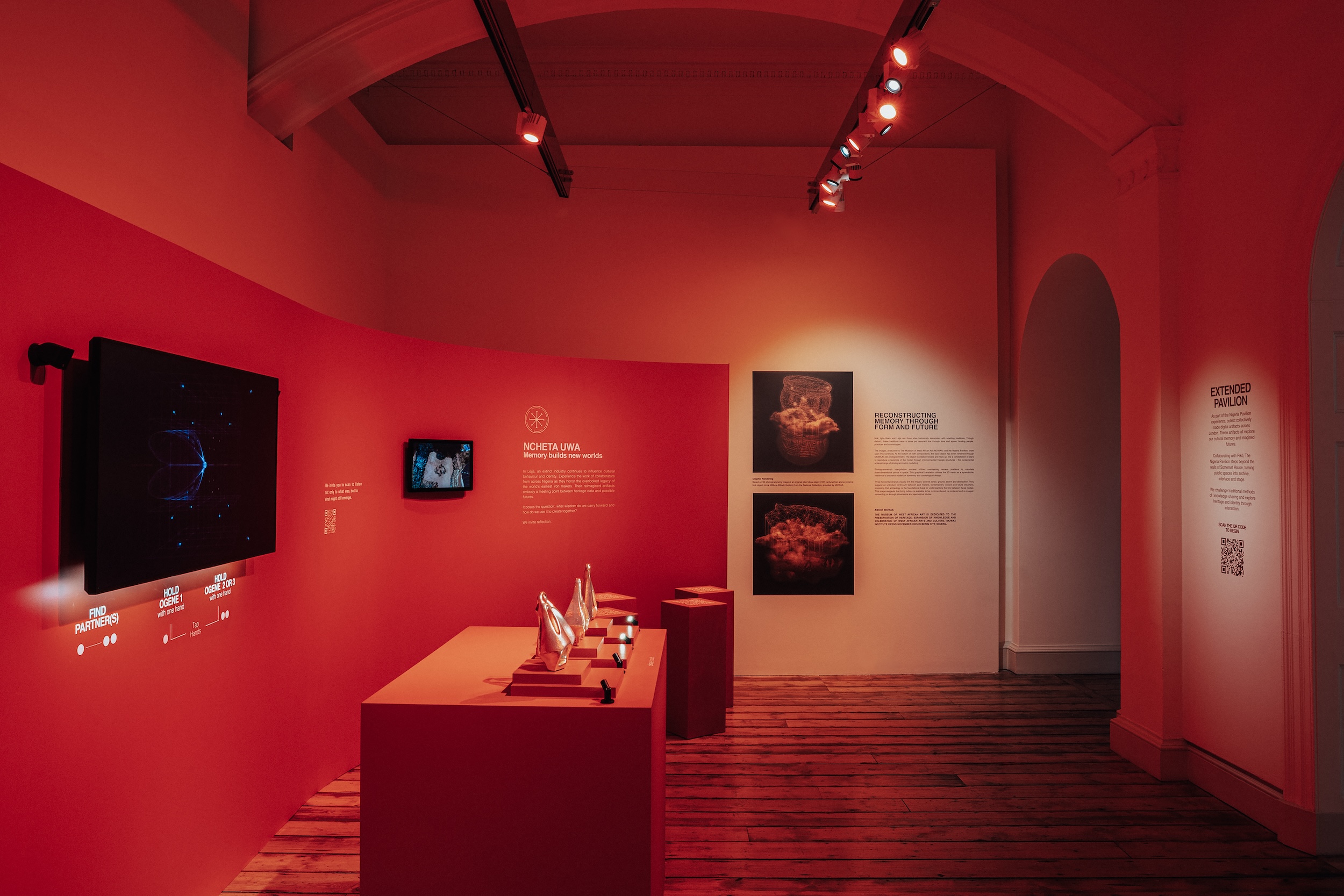
Like the Omani pavilion, the Nigerian pavilion melds ideas of digital technology with traditional manual craft, but this time through a place-specific lens. Focused on the region of Lejja, a community of 33 villages in southeastern Nigeria thought to be the oldest iron-ore smelting site in the world, the curators undertook in-depth research to map clusters of makers, understand the cultural objects that are collectively crafted there and chart the heritage of material culture. Alongside this mapping and research, the pavilion presents an interactive display where through the collective efforts of participants – holding objects and tapping hands – digital renderings of new, collaboratively generated object designs are visualised on a screen instantaneously.
Northumbria University and UCL

This is one of the biennale pavilions that moves beyond meditation to tangible solutions, bringing together research from Northumbria University and University College London (UCL) to explore the role that bacteria and other living material can play in sustainable architecture. Can structures be grown rather than built? Prototypes on display include bacterial-produced cement, the integration of mycelium (the root-like structure of a fungus) into timber architecture, and a bioactive ceramic wall supporting bacteria that is beneficial for building occupants.
Poland
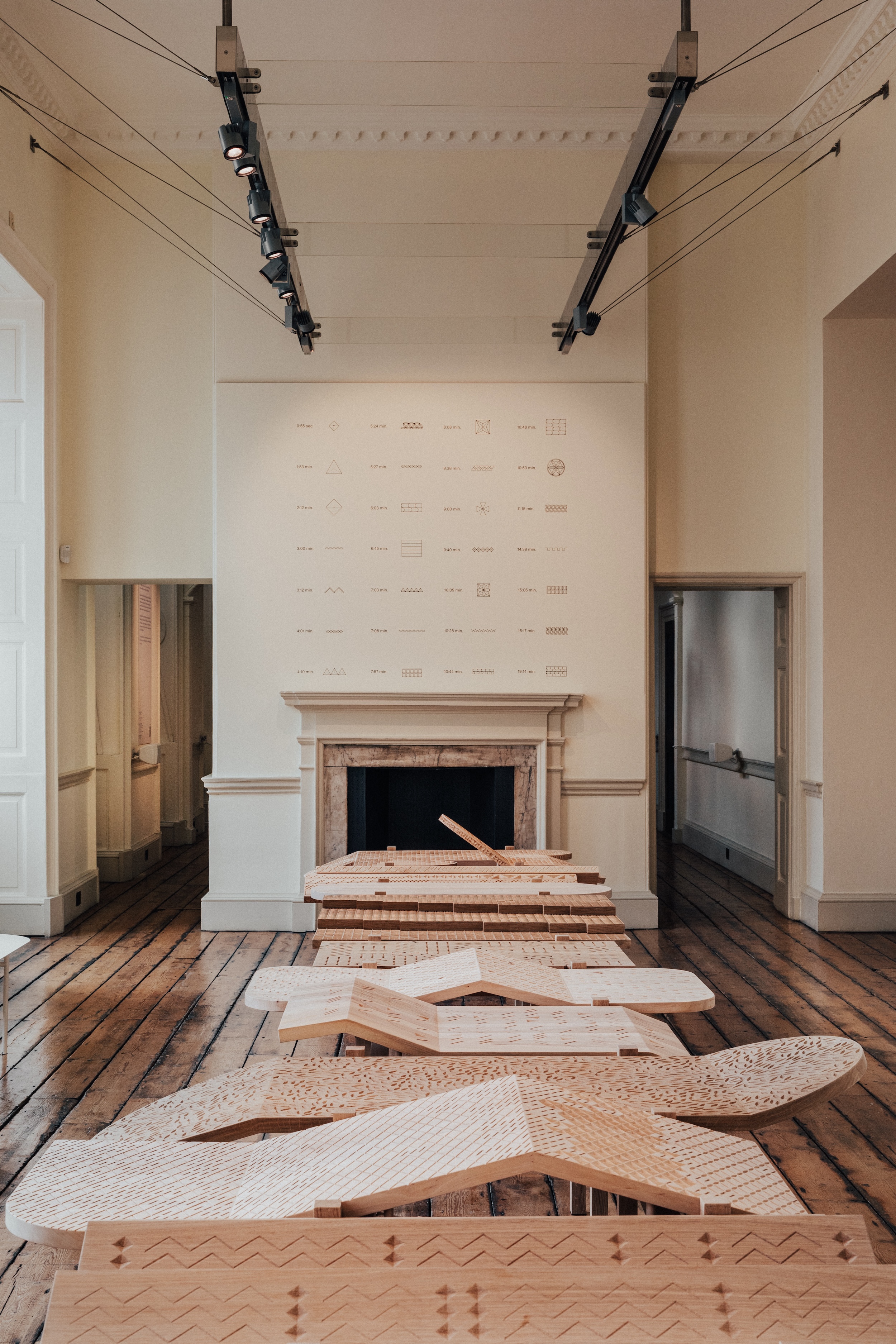
Poland’s pavilion won the biennale’s ‘Theme’ medal, for its interpretation of Ross’s ‘Surface Reflections’ prompt, which feels apt: the exhibit uses the medium of surfaces to reflect on deeper issues. A series of wooden panels carved with patterns of different symbols – a decorative and craft-driven installation in itself – takes on new depth when decoded. Each symbol represents a period of time, and through repetition on a panel they amount to the time spent waiting in different situations, showing how the act of waiting can reflect social inequality. One panel represents a Polish farmer waiting for rain during a drought (25,200 minutes), while another represents the time it takes for a migrant from outside the EU to get a residency permit (131,400 minutes).
Malta
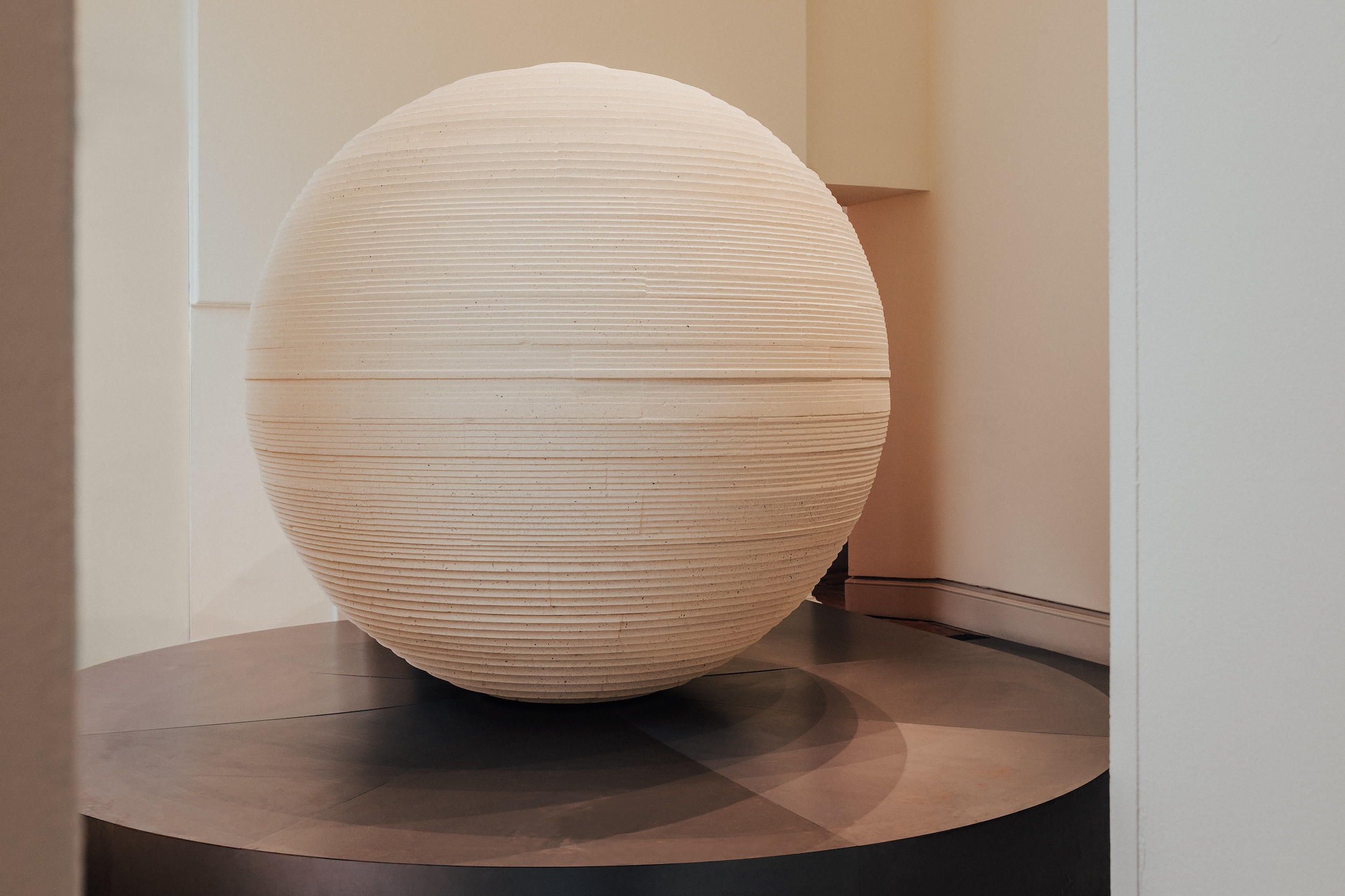
Malta’s pavilion won the overall London Design Biennale medal for most outstanding contribution. As Wallpaper* recently explored, the project proposes large-scale limestone spheres as monuments to life and death through the integration of cremated human remains. It is both sombre and beautiful, terrifying and serene – a physical manifestation of the sublime.
Francesca Perry is a London-based writer and editor covering design and culture. She has written for the Financial Times, CNN, The New York Times and Wired. She is the former editor of ICON magazine and a former editor at The Guardian.
-
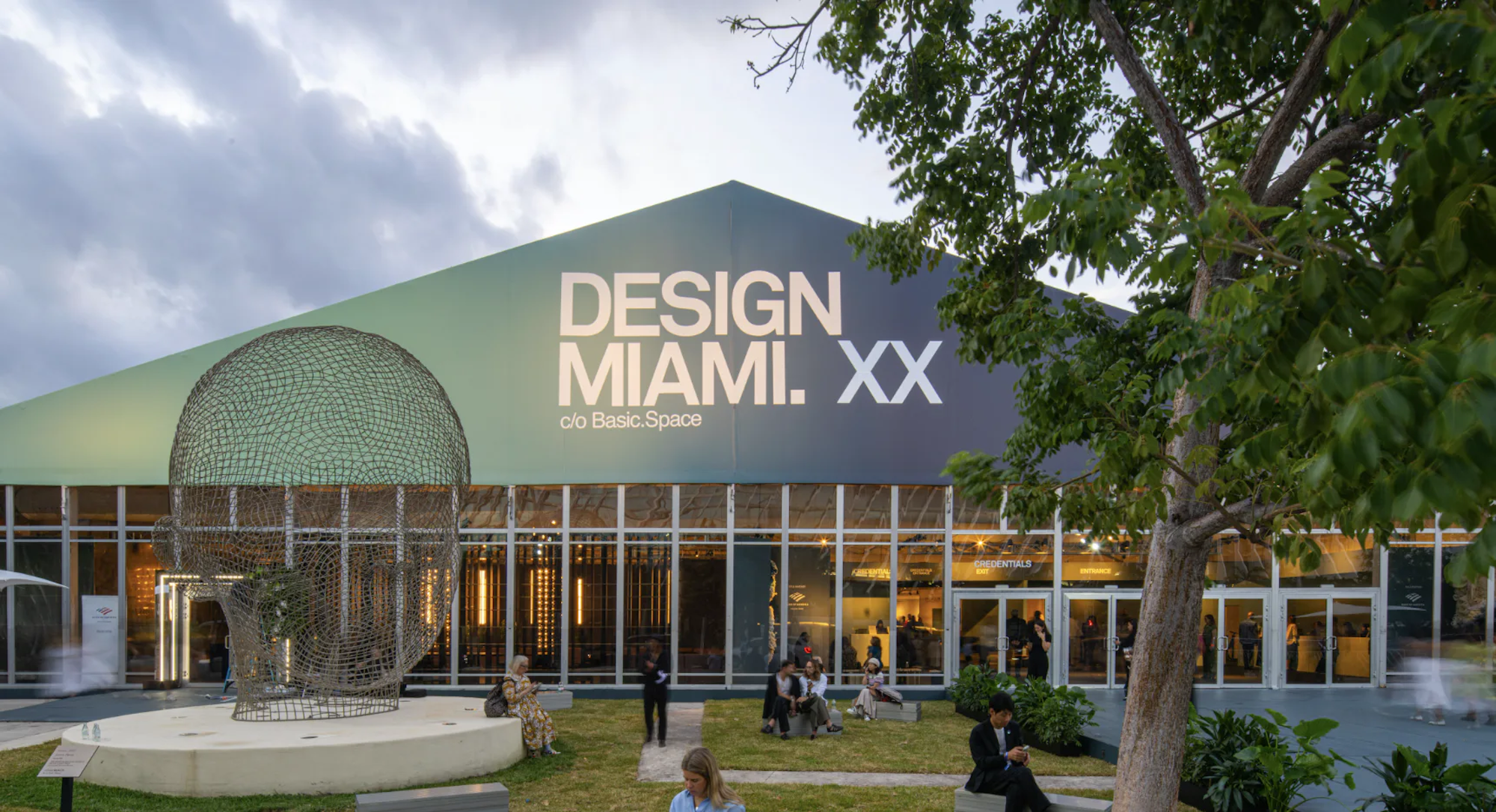 20 things that positively delighted us in and around Design Miami this year
20 things that positively delighted us in and around Design Miami this yearFrom covetable 20th-century masterpieces to a tower made from ceramic pickles, these were the works that stood out amid the blur of Art Week
-
 Montcalm Mayfair opens a new chapter for a once-overlooked London hotel
Montcalm Mayfair opens a new chapter for a once-overlooked London hotelA thoughtful reinvention brings craftsmanship, character and an unexpected sense of warmth to a London hotel that was never previously on the radar
-
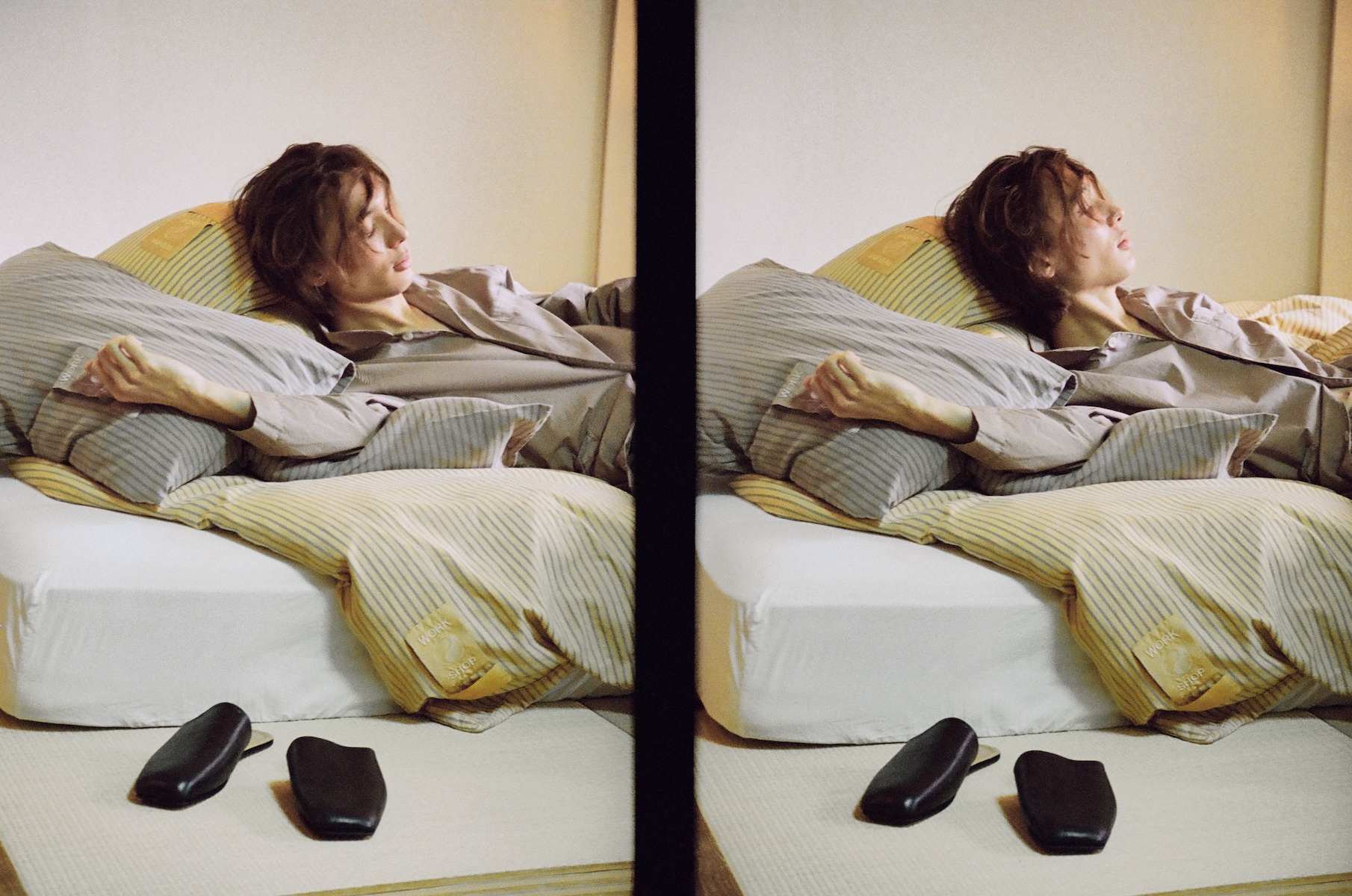 Magniberg’s latest bedwear collaboration with Our Legacy is beautifully sun-faded and lived-in
Magniberg’s latest bedwear collaboration with Our Legacy is beautifully sun-faded and lived-inColoured using dyes derived from plants and minerals, the new bedding sets and pyjamas are meant to evoke the feeling of ‘a well-worn band T-shirt or your favourite vintage sweatshirt’, says Our Legacy co-founder Jockum Hallin
